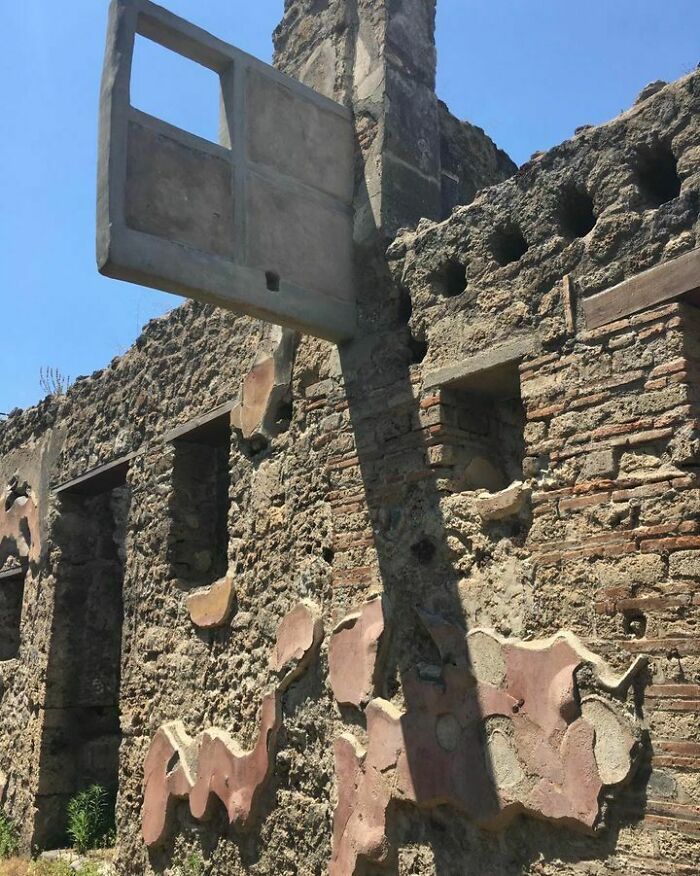Through the things our ancestors left behind, it can be a lot easier to see just how similar they were to us.
The “Museum of Artifacts” page shares interesting and cool items from history.
1. This 14th Century Door At Exeter Cathedral, UK, Is Thought To Be The Oldest Existing Cat Flap
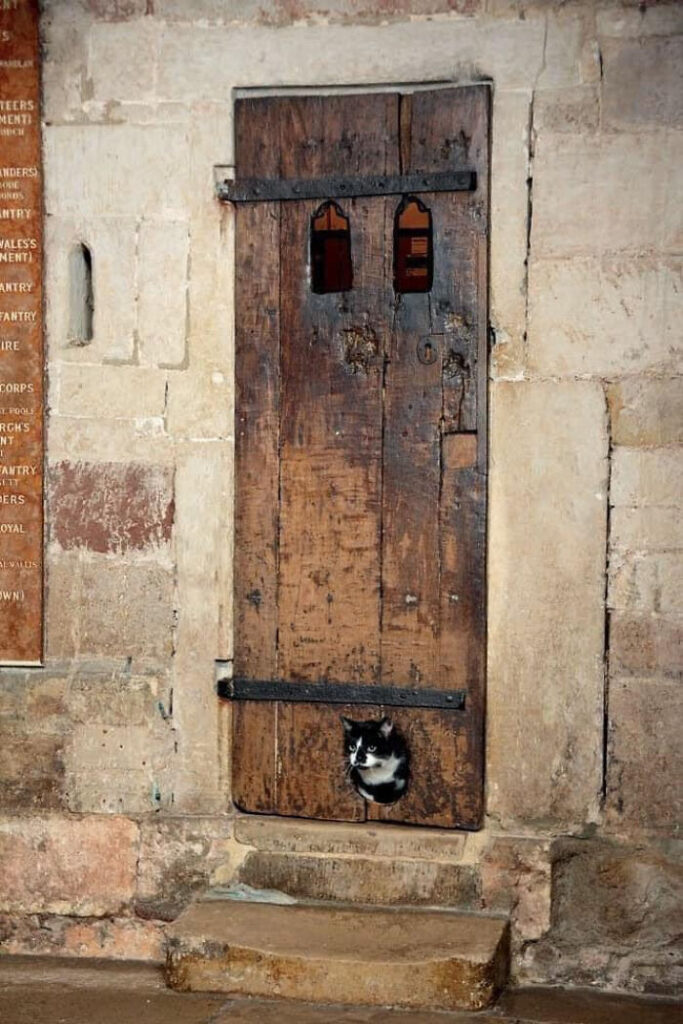
2. It Is Not A Real Rope Net, But That It’s Meticulously Carved In Marble. “Disinganno”, Francesco Queirolo, 1753-1754, Sansevero Chapel (Naples, Italy)
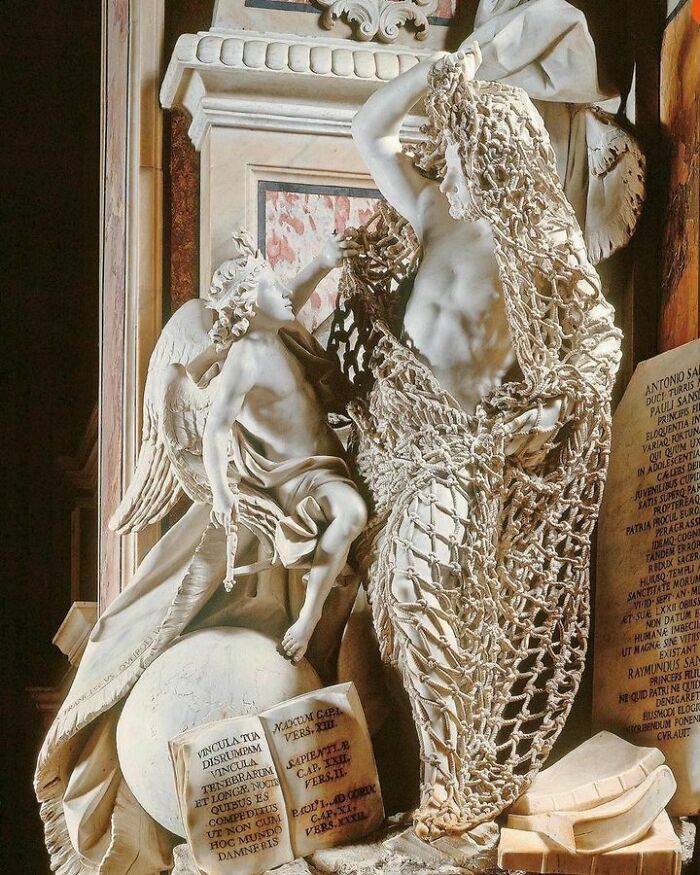
3. In Ancient Rome, Roads Were Dotted With White Stones (Cats’ Eyes) Which Reflected The Moonlight, Acting As Street Lights To Help People Walk On The Street After Dark. Pictured Is A Roman Road In Pompeii
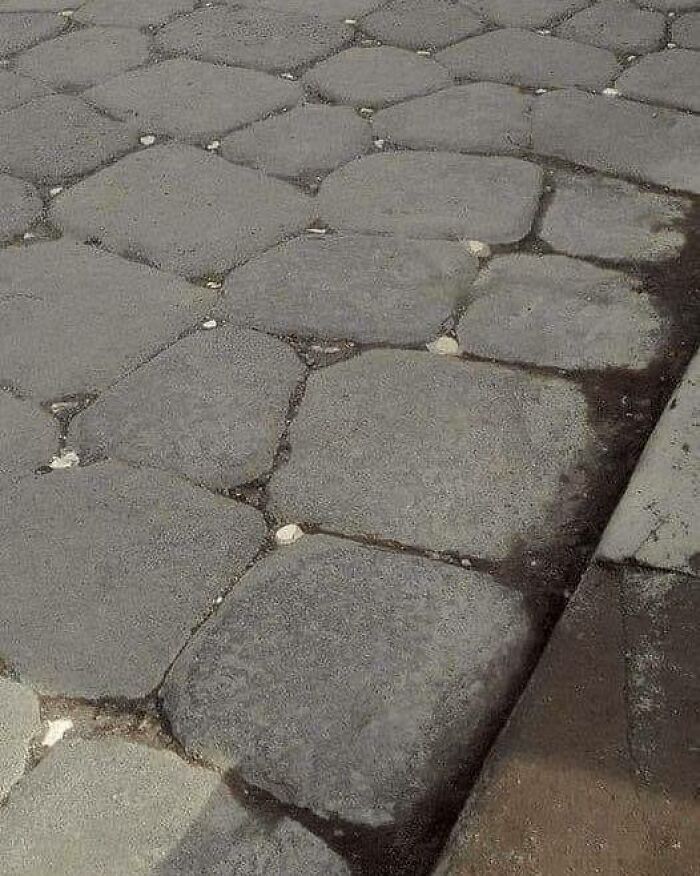
4. An Egyptian Rock Crystal Of A Chonky Hinpopotamus Amulet, Middle Kingdom, Ca. 2050-1650 Bce
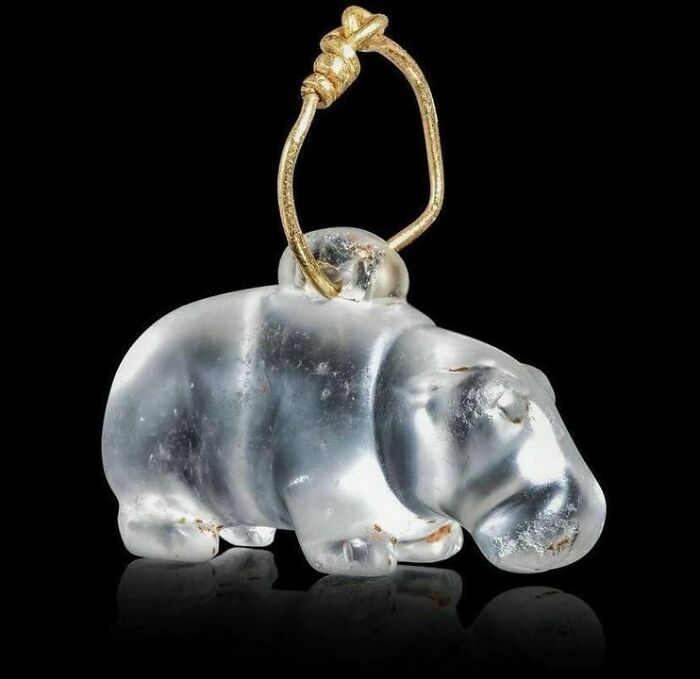
5. Detail From The “Unswept Floor” Mosaic Made By Heraclitus, Showing A Mouse Eating A Walnut. 2nd Century Ce, Now On Display At The Vatican Museums
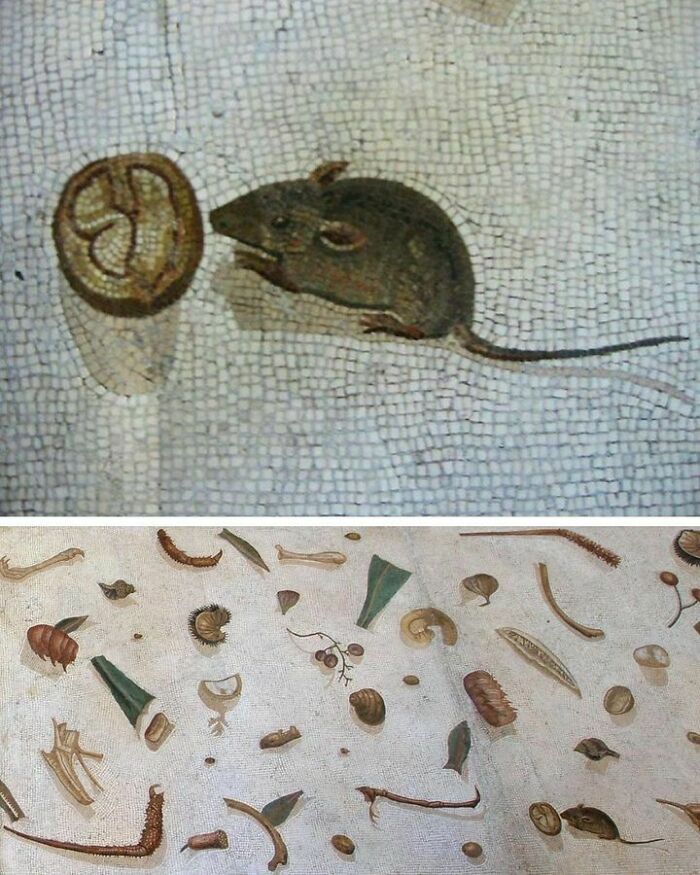
6. 14000 Years Old Bisons Sculptures Found In Le Tuc D’audoubert Cave. Ariege, France
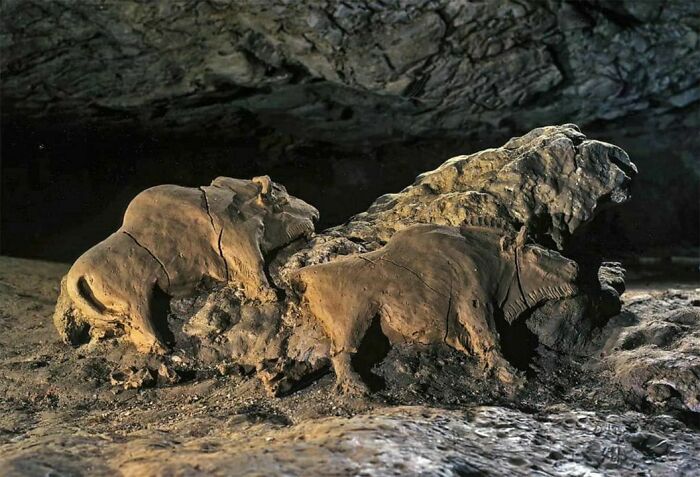
7. The 2000-Year-Old Clothes Of The Huldremose Woman, A Bog Body Recovered In 1879 From A Peat Bog Near Ramten In Denmark
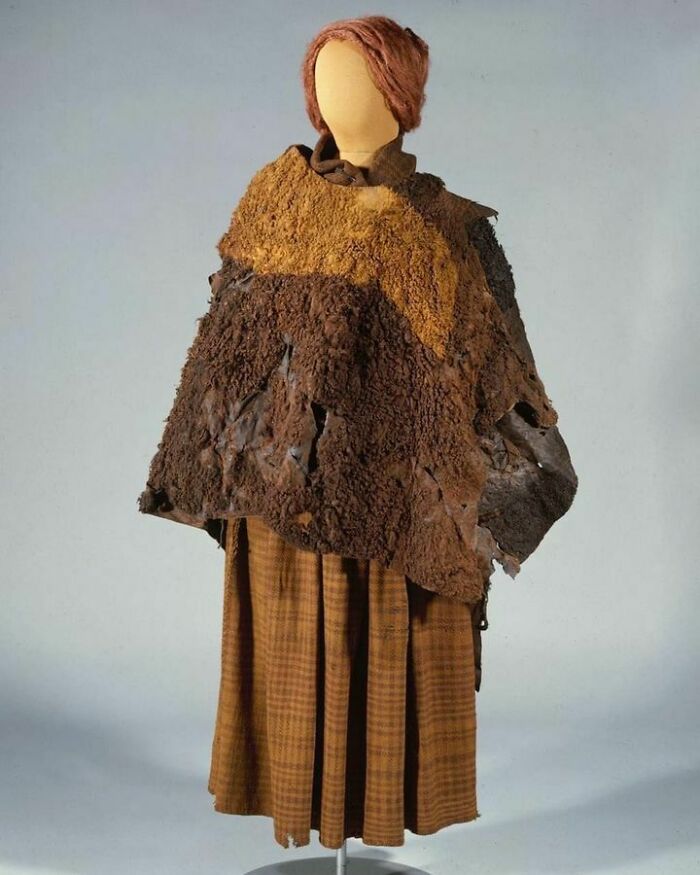
8. Gilded Silver And Rock Crystal Vessel, Crafted In Nuremberg, Germany, Circa 1580
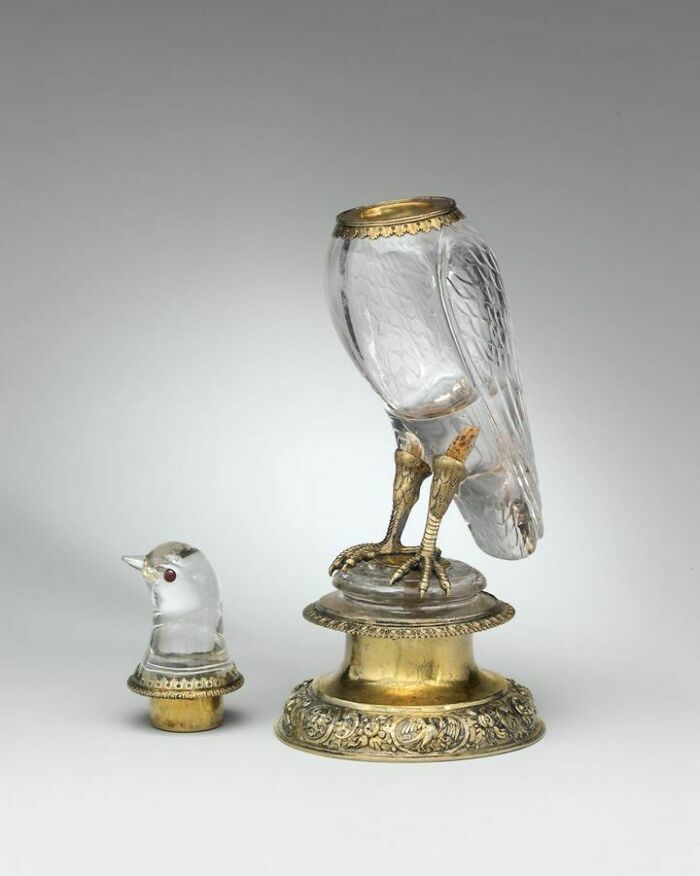
9. An Adorable Ancient Egyptian Otter Statue!
Dating to c. 640 – 30 BCE, it depicts a bronze otter on its hindlegs, forepaws raised in praise of the sun. The solar disc of Ra rests upon its head.
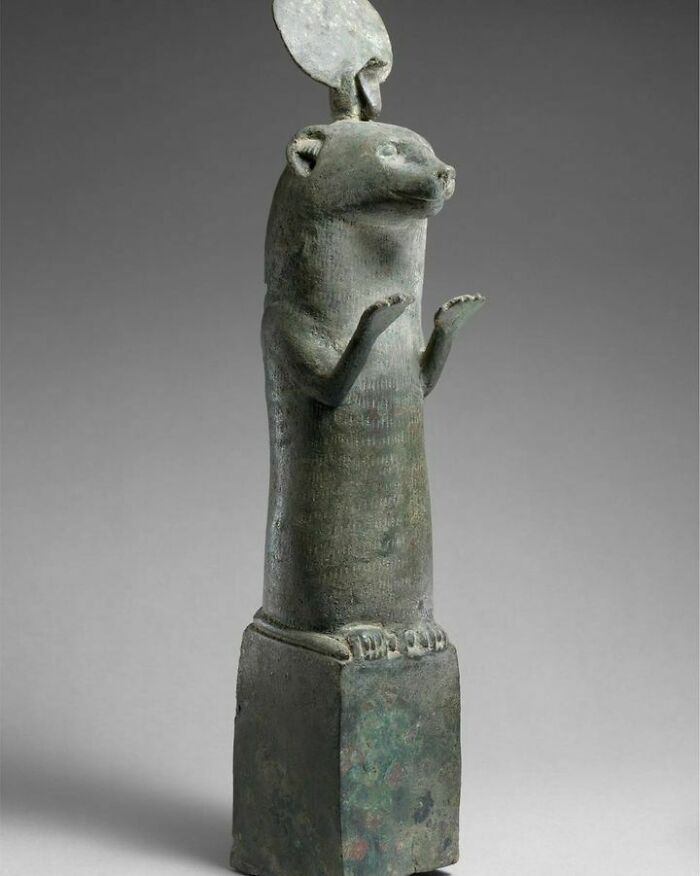
10. Abuna Yem’ata Guh In Ethiopia. Situated At A Height Of 8,460 Ft, The Hewn Church Has To Be Climbed On Foot To Reach. It Is Notable For Its Architecture, Dome & Wall Paintings Dating Back To The 5th Century
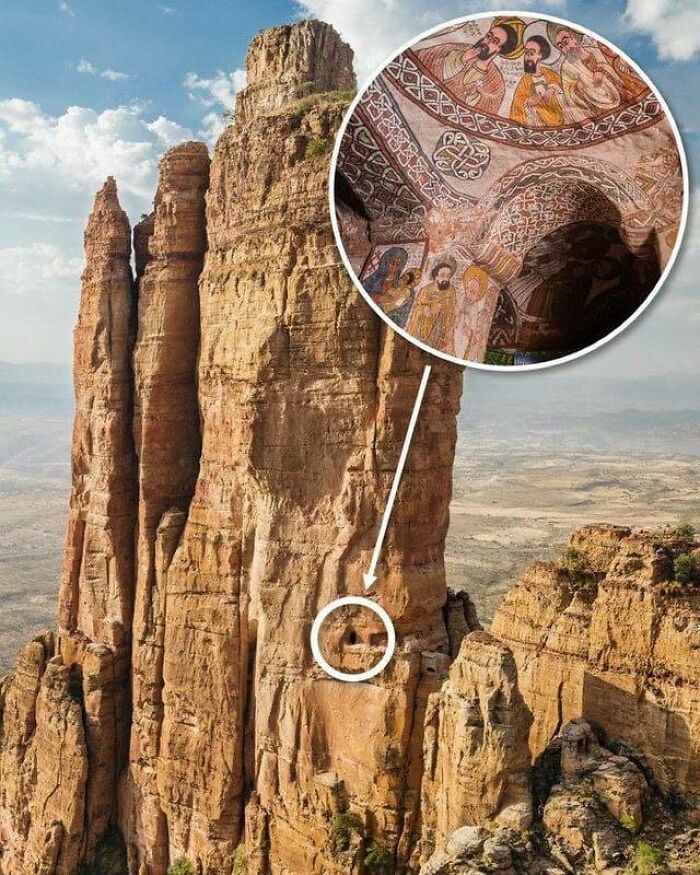
11. A 1800-Year Old Ceramic Horse. Han Dynasty (202 Bce– 9 Ce, 25–220 Ce), Now Housed At The Sanxingdui Museum In China

12. For The First Time In 12,000 Years, The Teeth Of A Leopard Statue Saw Daylight In 2021 At Karahantepe, Türkiye
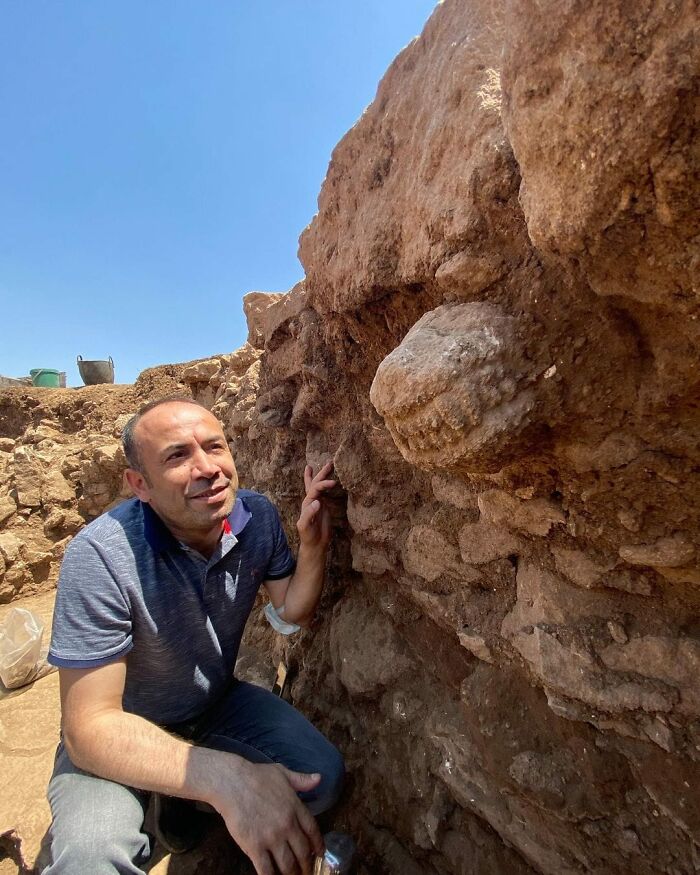
13. Château De Chenonceau, Indre-Et-Loire, France
Arguably one of the most impressive inhabited bridges still in existence, the present-day structure, dating back to the 16th century, was constructed upon an arched bridge spanning the Cher River. This unique design allowed the owner to access the hunting grounds located on the opposite side of the river.

14. Great Zimbabwe Was A Medieval African City Known For Its Large Circular Wall And Tower.
It was part of a wealthy African Trading Empire that controlled much of the East African Coast from 11th-15th centuries Ce. Great Zimbabwe is the name of the Stone Ruins of an ancient city near modern day Masvingo, Zimbabwe. People lived in Great Zimbabwe beginning around 1100 Ce, but abandoned it in 15th Century Ce. The city was the Capital of the Kingdom of Zimbabwe, which was a Shona (Bantu) Trading Empire. Zimbabwe means “Stone Houses” in Shona

15. Michelangelo’s Secret Drawing Room Was Found Under A Church In Florence, Italy, In 1975 And Is Now Open To The Public
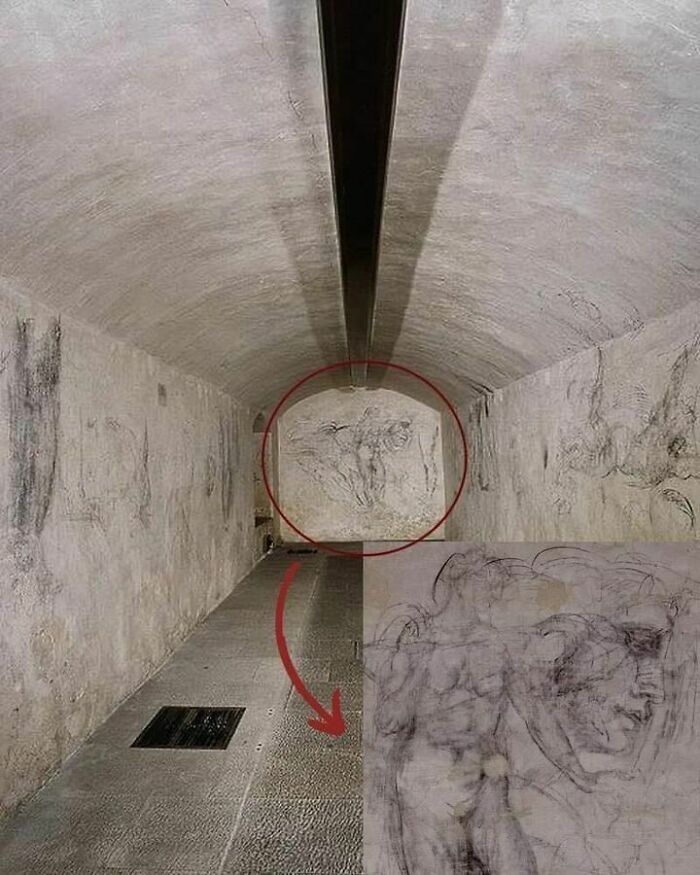
16. The Only Bucket Made Of Wood That Has Survived From Roman Times
The characteristic spout allowed the liquid to be poured out easily. The object was aboard a river ship sunk 1,800 years ago on the Rhine.
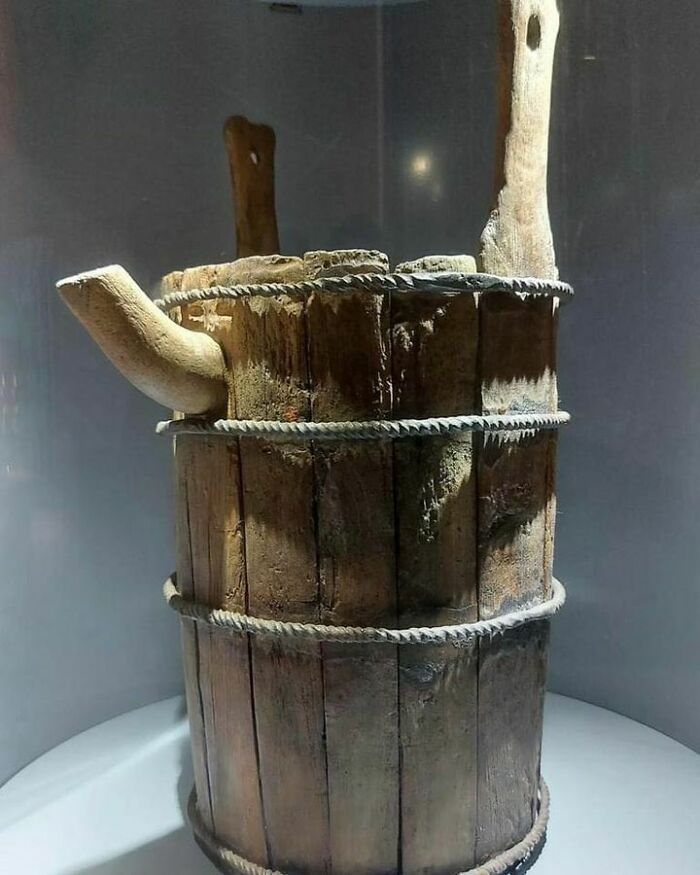
17. Carved Ivory Japanese Netsuke Depicting A Human Skeleton Posing On A Large Human Skull, C. 1750-1850
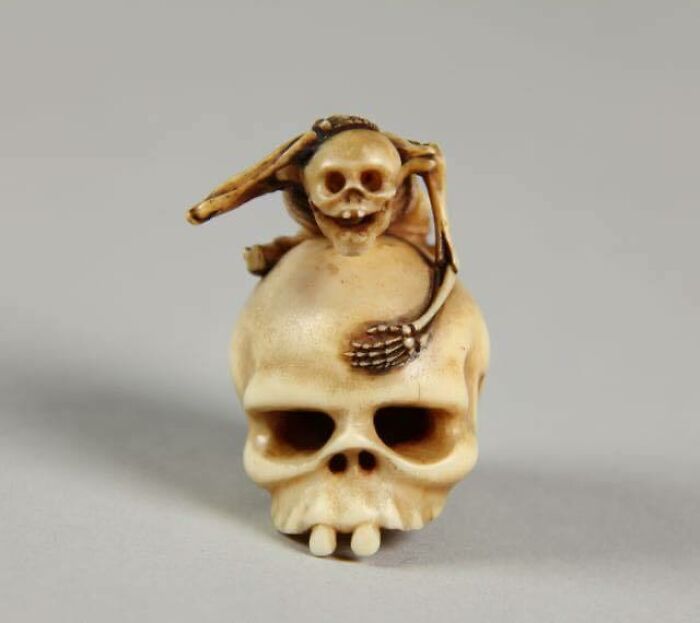
18. Holy Trinity Church, A Historical Building In Hrastovlje, A Village In Southwestern Slovenia, It Is A Romanesque Church From 12th Century Ce. Church Stands Behind A Wall That Local Population Built To Protect Itself From Turkish Attacks In 16th Century Ce
Such defensive architectures are found throughout territory settled by Slovenians and are called tabor. Church in Hrastovlje differs from all other pilgrim churches in that its bell-tower is located on western side and in that all other pilgrim churches have small wooden towers.
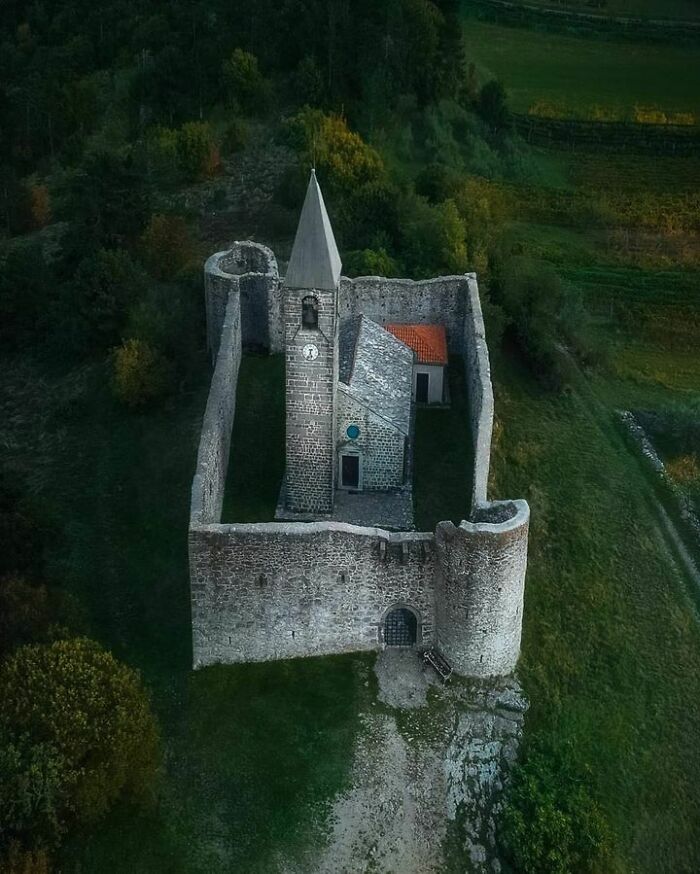
19. Rock Engravings Of Val Camonica In Brescia, Italy
It is one of world’s largest and most mysterious collections of prehistoric petroglyphs, crafted by enigmatic Camuni civilization over 10,000 years and recognized as Italy’s first UNESCO World Heritage Site.
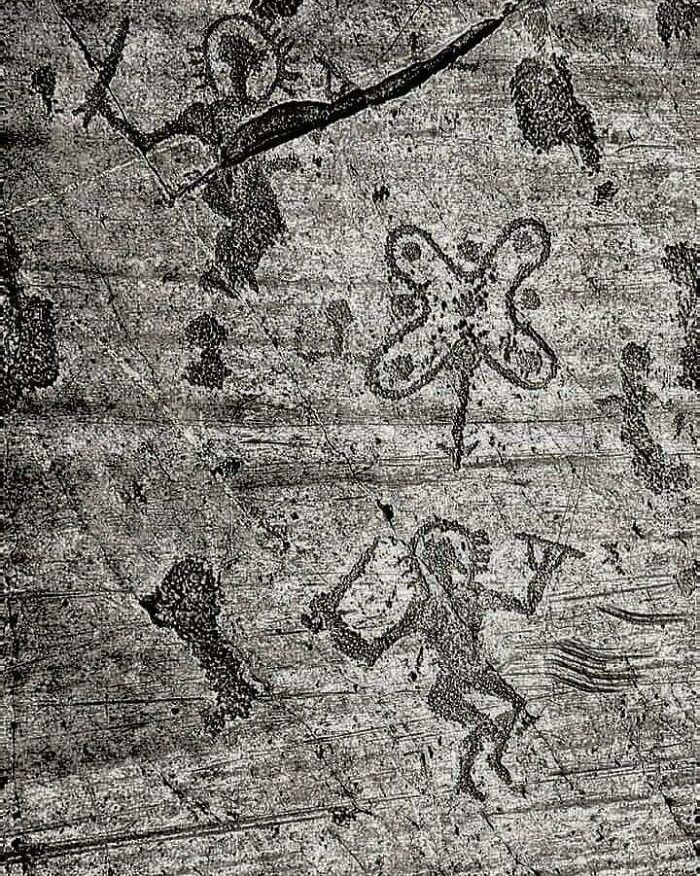
20. Ancient Near Eastern Clay Vessel With Two Feet (1000–800 Bc), From Northern Iran
A tall vessel with an oval, almost bag-like body, a somewhat elongated neck with an everted rim and a pair of narrow curving handles that spring from the oblique shoulder to the neck. The lower portion of the vessel splits into two legs with well-modeled feet. Details such as ankle bones and the arch of each foot are rendered by modeled forms rather than incised lines. The overall effect is that of a wine- or waterskin rather than a ceramic vessel. It is likely that this association was intentional- as the light porous ceramic body of the vessel allows water to evaporate slowly through the sides, thus slightly cooling the remaining contents.
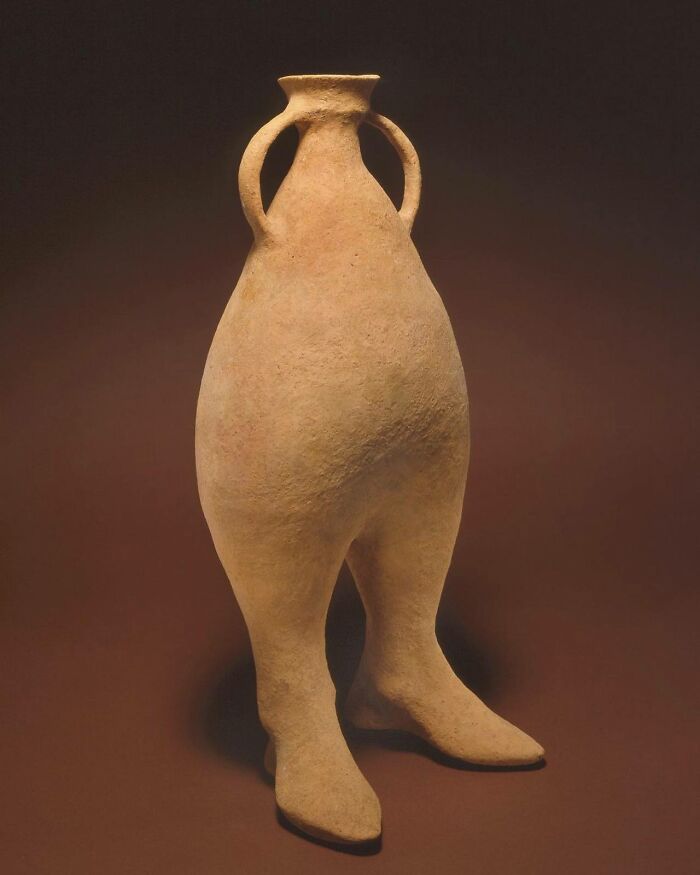
21. Thonis-Heracleion Was One Of Egypt’s Greatest Ports, But It Slowly Submerged Into The Sea From C.100 Bce-800 Ce
Here, we see a stele from the reign of the Pharaoh Nectanebo I (r.380-360 BCE) being excavated in 2000 CE, the same year as city’s rediscovery.
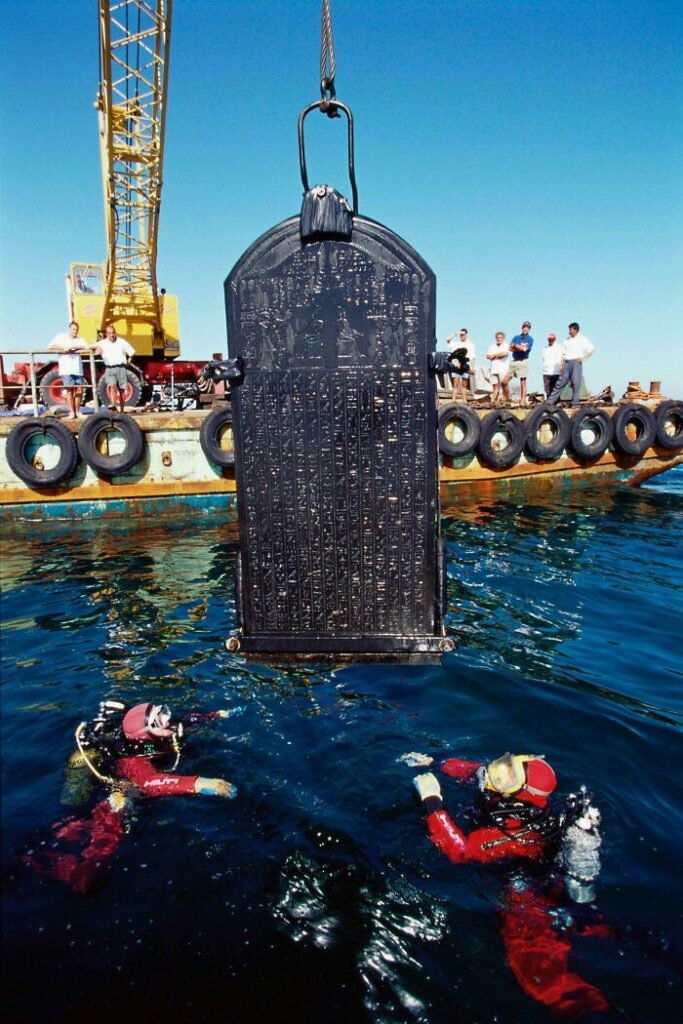
22. Viking’s Blacksmith Tools And Weapons Found In Grave, Ca. 800 A.d. Norway

23. A Horreo Is A Traditional Granary Or Storage Building Commonly Found In The Northwest Region Of Spain, Particularly In Galicia, Asturias, And Cantabria
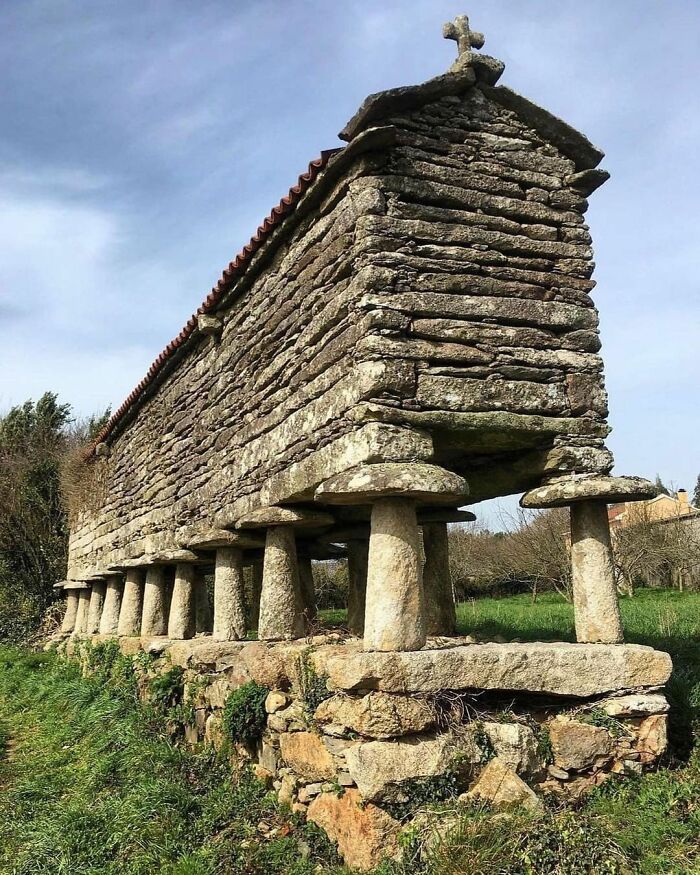
24. The Lion’s Gate Of Mycenae In 1250 Bc Is One Of The Oldest Giant Structures In Europe And One Of The Largest Statues Created In Aegean History
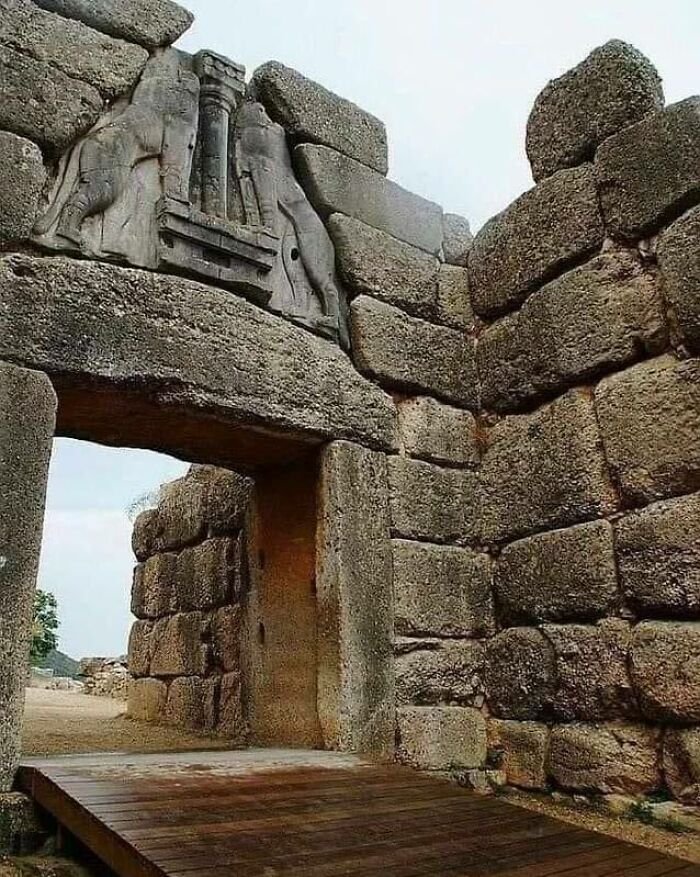
25. Corinthian Helmet From The Battle Of Marathon (490 Bc) Found With The Warrior’s Skull Inside
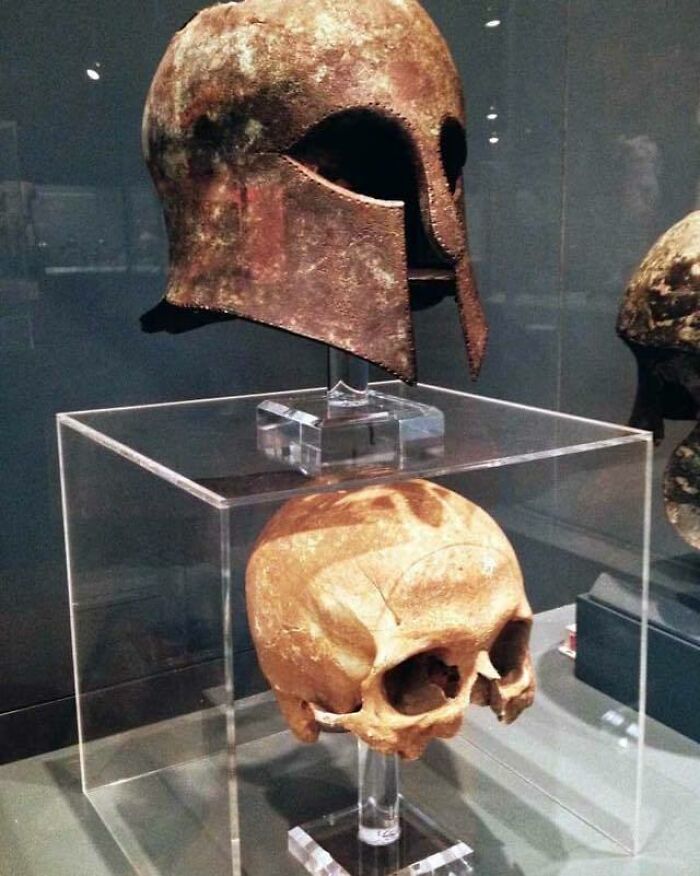
26. Medieval Ax With A Preserved Wooden Handle Discovered On The Island Of Ledniczka In Poland
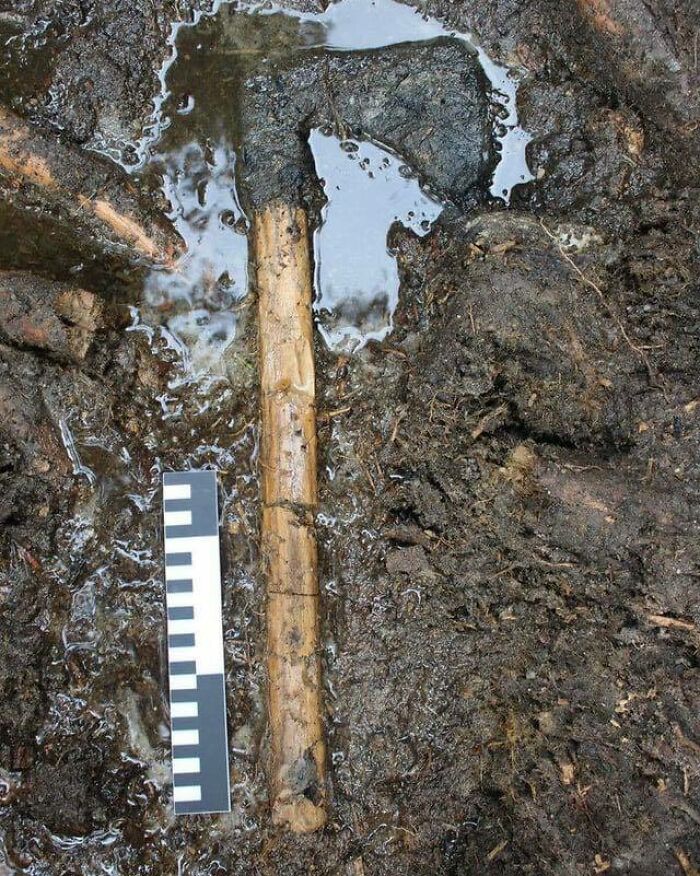
27. Abandoned Hotel Belvédère Was An Iconic Swiss Hotel On The Edge Of The Rhone Glacier. It Was Built In 1882 By Young Hotelier Josef Seiler In One Of The Hairpin Bends Of The Furka Pass, One Of The Snowiest Regions In Switzerland
The panoramic location attracted a pampered clientele who sometimes stayed for weeks during the summers

28. A Pair Of Levi’s Jeans From The 1880s Found Down An Abandoned New Mexico Mine Have Been Sold At Auction For A Total Of $87,400
They are flecked with wax over the legs from where the original owner labored under candle light.
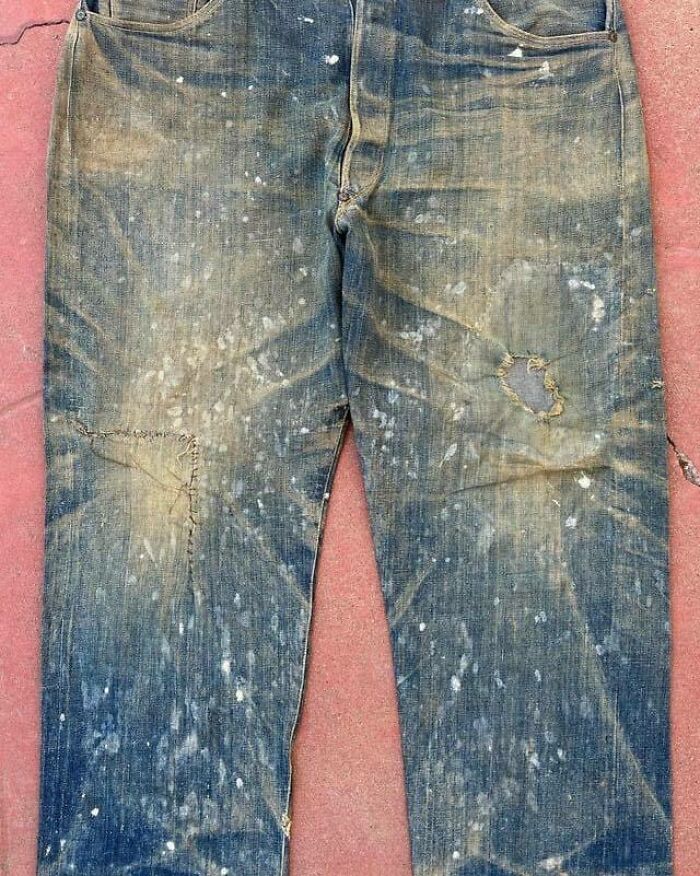
29. The 6m Tall Lion Of Chaeronea In Greece, Erected In 338 Bc
Under the monument, archaeologists unearthed a mass grave of 254 people, generally accepted to be the remains of the military unit known as “The Sacred Band of Thebes” who were wiped out completely by Philip II of Macedon.
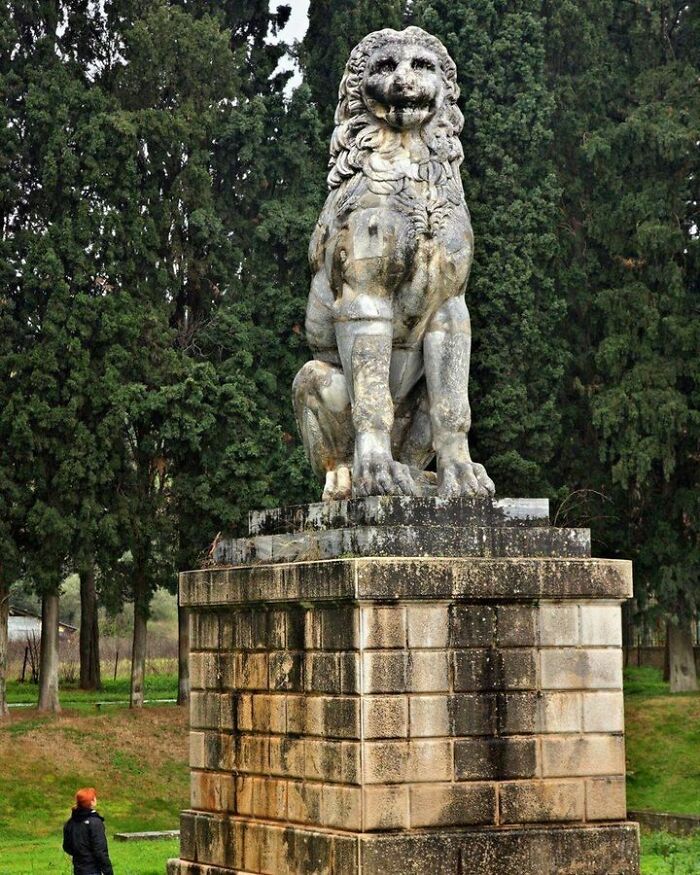
30. Death Mounted On A Lion’ (1513 Ce), Middle Franconia
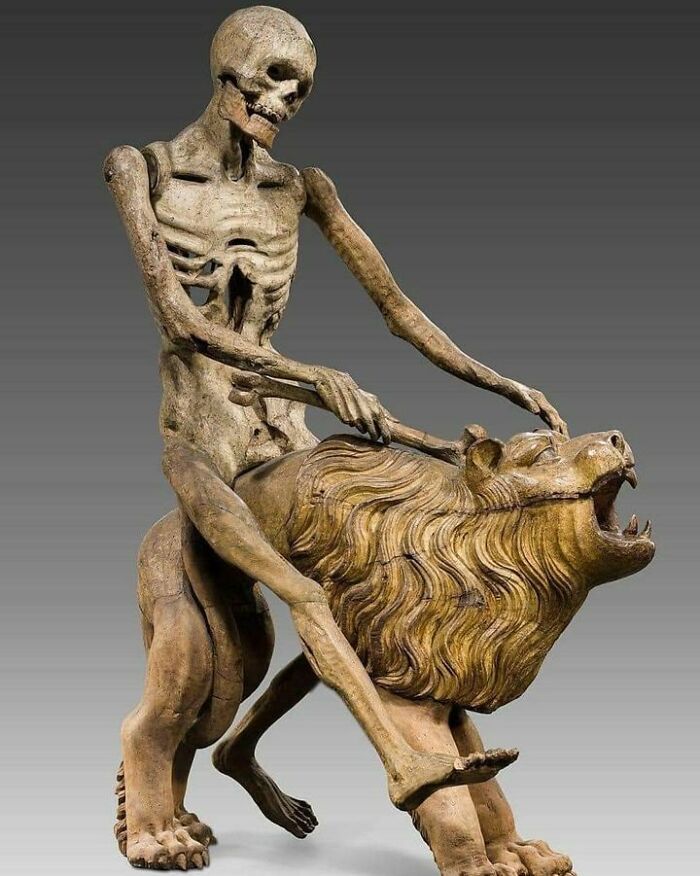
31. Medieval Humor. – Abbey Of Sainte Foy, Conques, France, C.1050
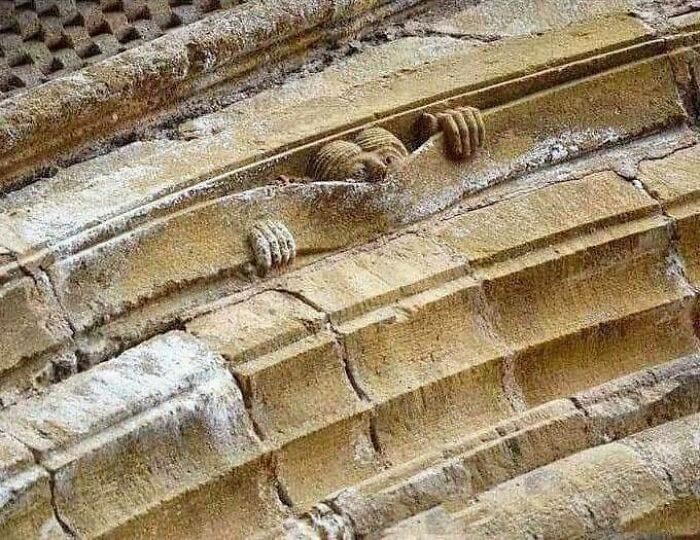
32. The Stunning Etruscan War Chariot Ca 6th Century Bc Photographed By Jason Martinez Photography
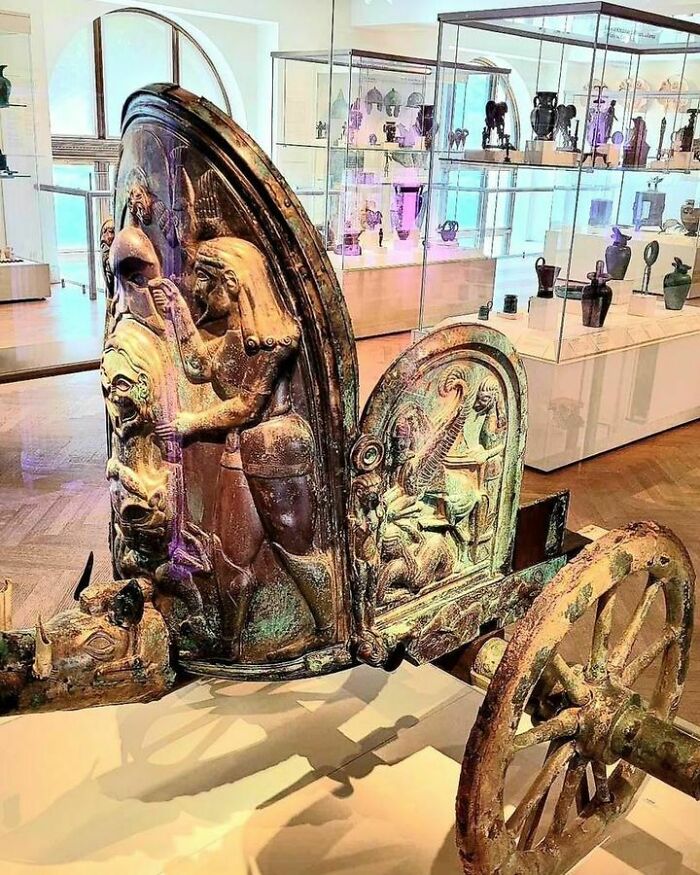
33. A Coal Miner’s Canary, The Inscription Reads: “In Memory Of Little Joe. Died November 3rd 1875. Aged 3 Years”
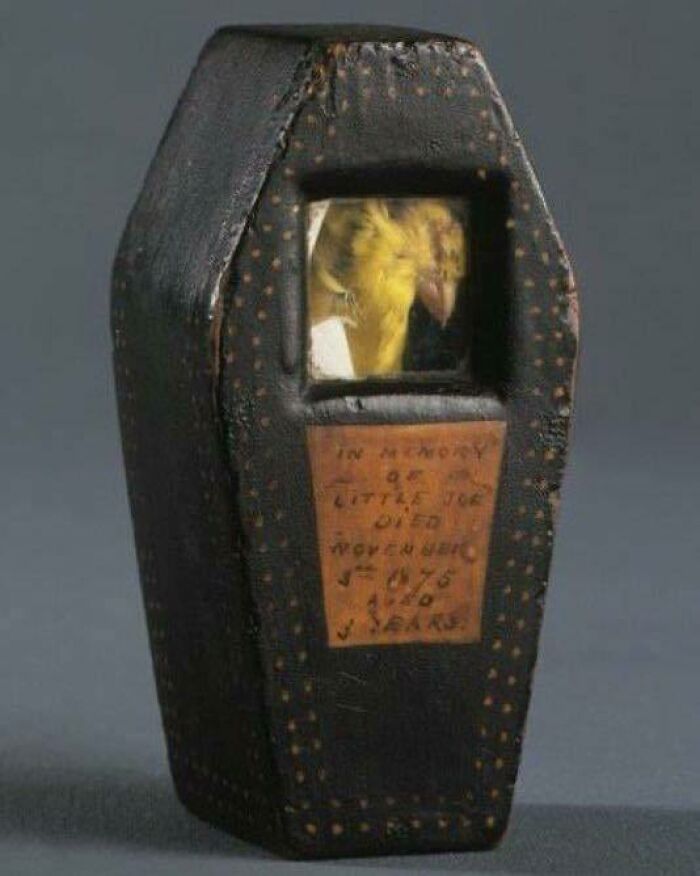
34. Mosaic Floor Depicting A Dog And A Knocked-Over Gold Vessel
Discovered in 1993 during construction of the new Alexandria Library, Egypt. Now currently in the Greco-Roman Museum in Alexandria. Width: approx. 70 cm. Date: approx. 200-100 BC

35. The Imperial Sceptre Of The Roman Emperor Maxentius (306 – 312 Ce) – The Only Surviving Example Known
Topped with a crystal sphere, it was discovered near the base of the Palatine Hill in 2006, alongside several imperial banners.
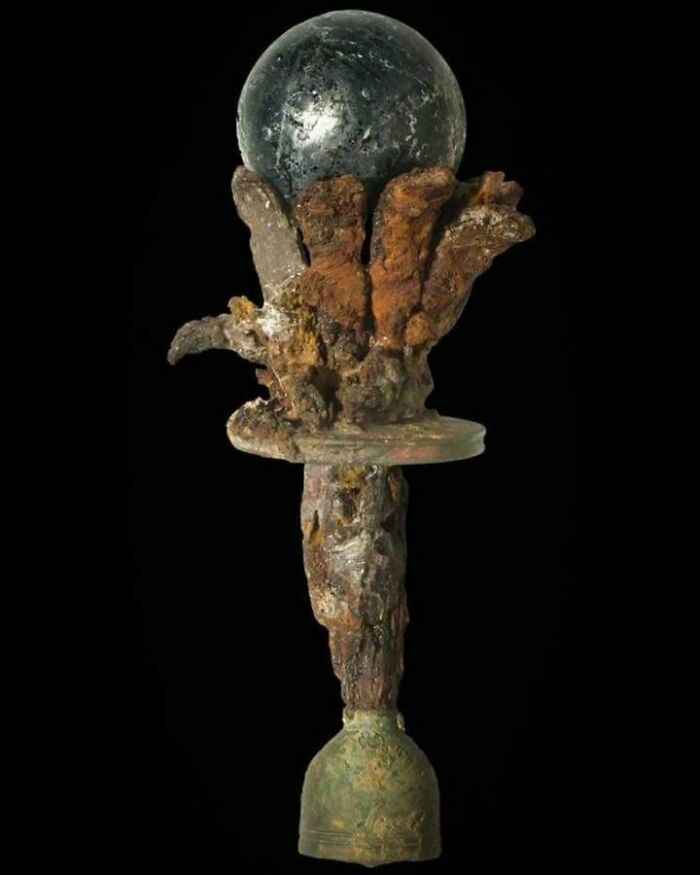
36. The Old And The Youngling
About 7000 years ago, an ageing man in his 60s was buried at Skateholm, Sweden. Next to him, face to face, lays a child of 4-5 years who was buried later. On the child’s chest lay jewelry made of bear teeth and pieces of amber. A beautiful display of love, and that the two belonged together in life as in death.
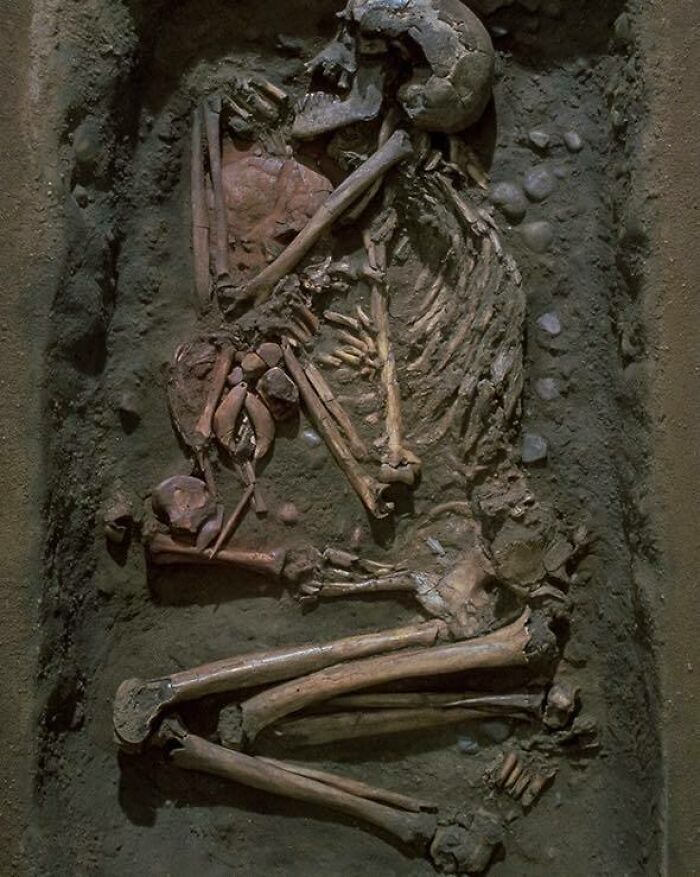
37. During The Construction Of A New Store In Dublin In 2013, The Crew Discovered The Ruins Of A Historic Viking Well Dating Back To The 11th Century

38. An Aztec Skull From Tonalá Covered With Turqoise Mosaic, Gold Eyes And A Jade Ornament In The Forehead. 1300-1521 Ce
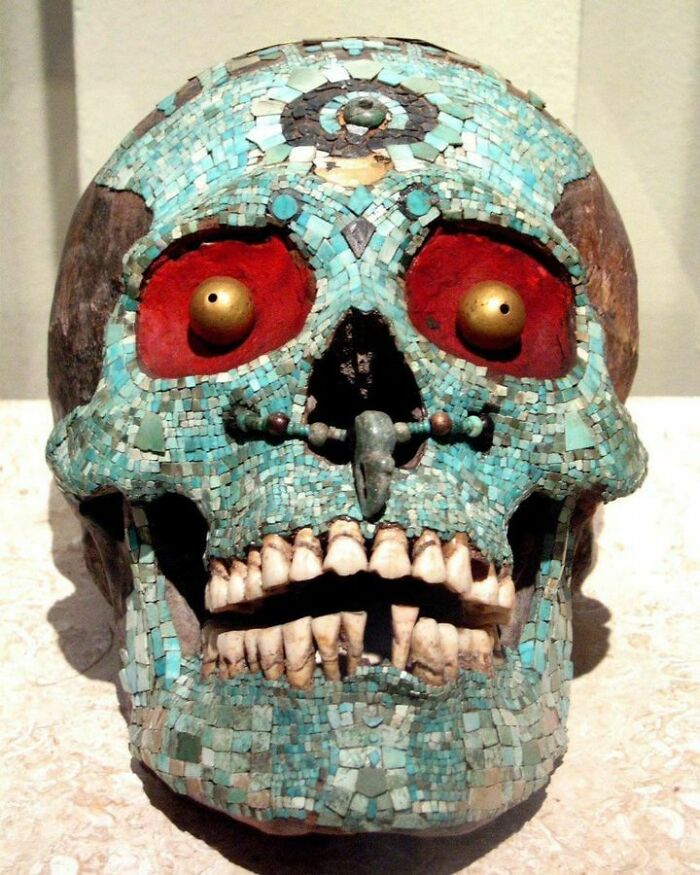
39. A Burial, At Ban Non Wat In Thailand, That Contained The Remains Of A Person Buried With A Remarkable Number Of Shell And Marble Bangles (1000-800 Bc)
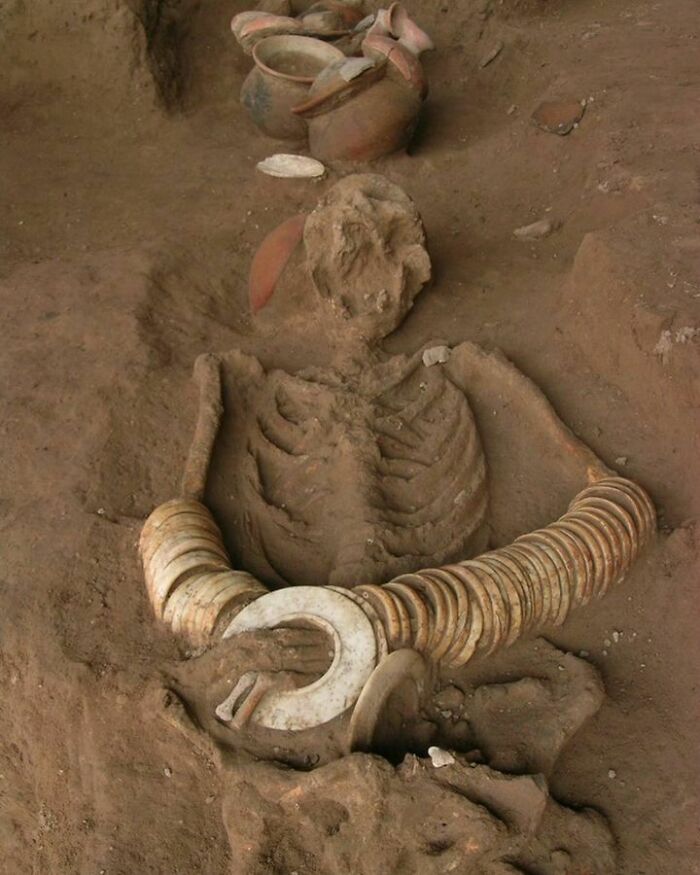
40. The Handle Of The Hunting Sword Of Maximilian III Joseph, Prince-Elector Of Bavaria (1745 – 1777)
Carved from ivory, a lion sits atop the handle holding a crescent moon, likely alluding to recent European victories over the Ottoman Empire.
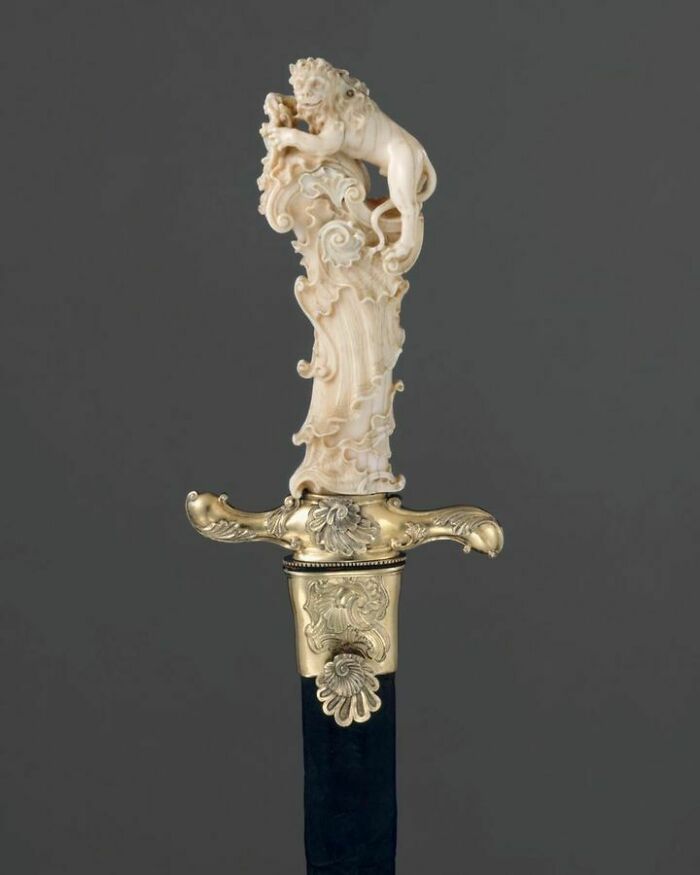
41. Roman Arena Still Being Used For Entertainment 2000 Years After It Was Built. Pula, Croatia

42. A Window In St. George’s Collegiate Church In Tübingen, Germany, Depicts A Medieval Execution On The Catherine Wheel
The window is said to have been installed by the Duke of Württemberg as atonement after he mistakenly ordered such an execution of an innocent man.
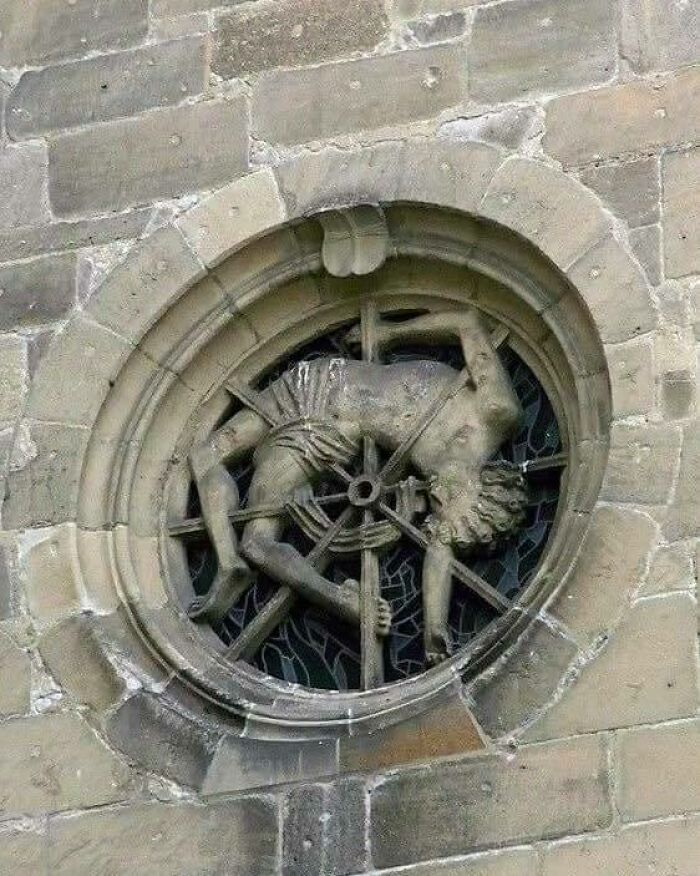
43. The World’s Oldest Surviving Toy, Dating Back To The Chalcolithic Period Around 5500-3000 Bce, Approximately 7500
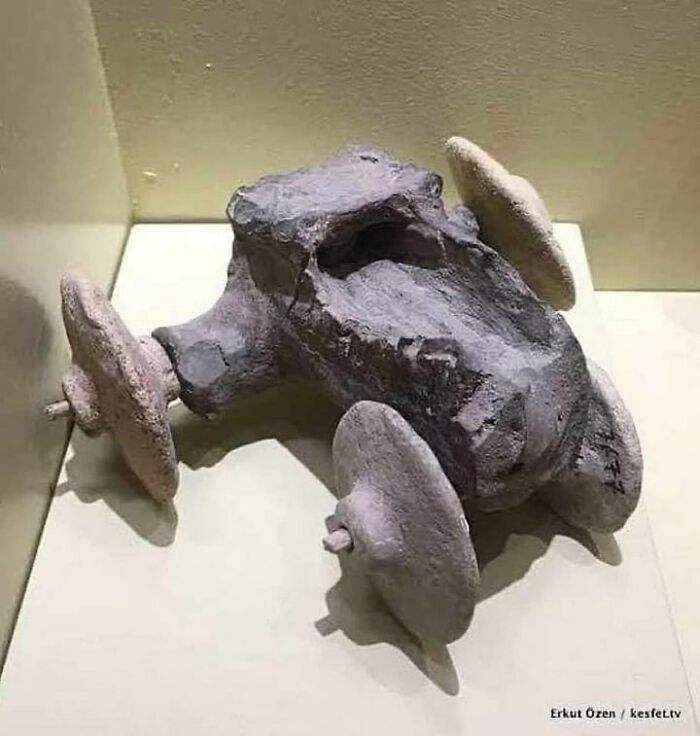
44. Castellfollit De La Roca, Spain The Basalt Crag Where The Town Is Situated Is Over 50 Meters (160 Feet) High And Almost A Kilometer Long. It Was Formed By The Overlaying Of Two Lava Flows
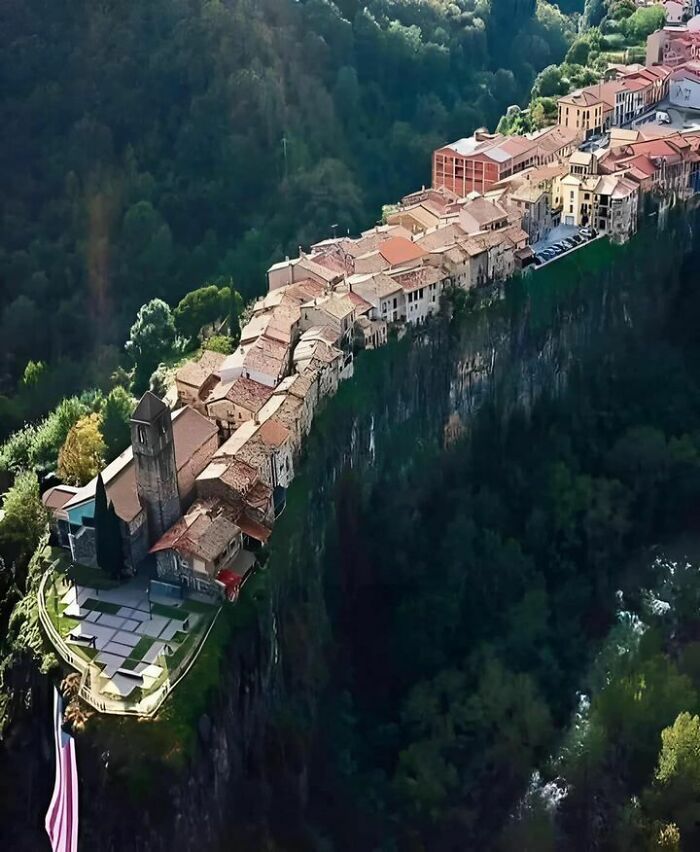
45. In 1731 King Frederick I Of Sweden Was Gifted A Lion, One Of The First Lions In Scandinavia. When The Lion Died Shortly After, It Was Given To A Taxidermist And This Was The End Product

46. The Skull Of A Viking Man With Filed Teeth, Found In A Mass Grave In Dorset
The purpose behind filed teeth remains unclear but some researchers believe that the teeth carvings were likely dyed (probably with red) to frighten opponents in battle or to show their status as a great

47. One Of The Many “Sand Silhouettes” Found At The Anglo-Saxon Burial Site In Oulton, Where Highly Acidic Soil Erased Nearly All Traces Of Some Interred Skeletons
All that remains of some of the skeletons are dark stains, or “sand silhouettes,” visible in the region’s highly acidic soil. These delicate traces of poorly preserved bones helped reveal the 1,400-year-old site’s 191 burials and 17 cremations. The Anglo-Saxon cemetery was discovered in the town of Oulton, Suffolk in 2020.
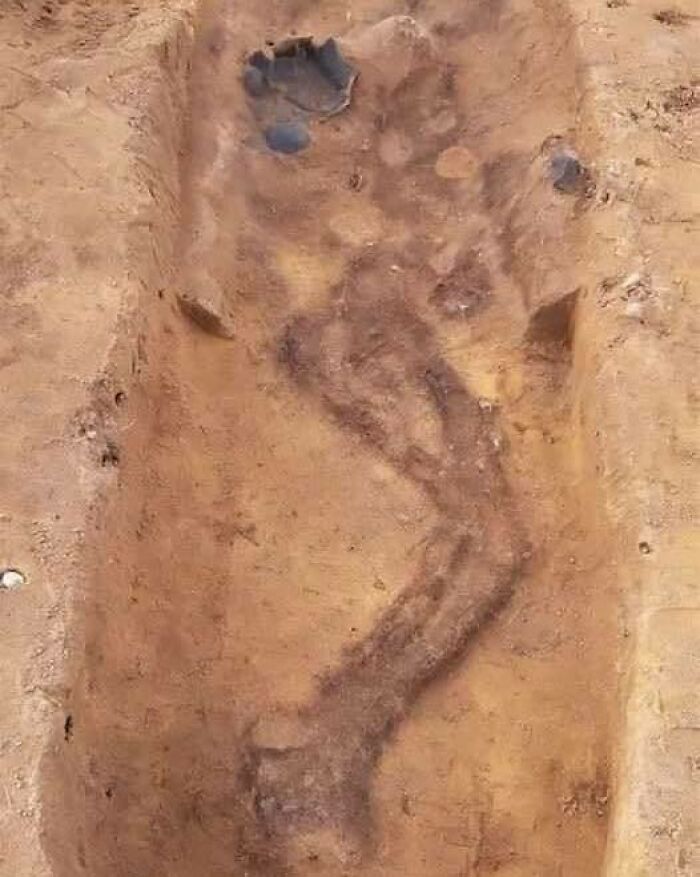
48. Roman “Hanging Balcony” Partially Preserved Above The Entrance Of A 1st Century Ce Tavern. The Holes At Right Once Housed Wooden Support Beams. Pompeii, Italy
